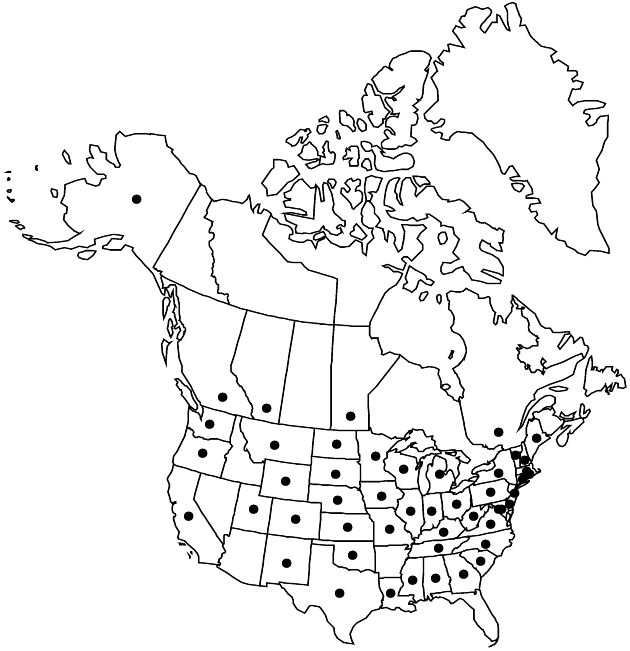Difference between revisions of "Bidens connata"
Sp. Pl. 3: 1718. 1803.
FNA>Volume Importer |
FNA>Volume Importer |
||
| Line 72: | Line 72: | ||
|publication year=1803 | |publication year=1803 | ||
|special status= | |special status= | ||
| − | |source xml=https://jpend@bitbucket.org/aafc-mbb/fna-data-curation.git/src/ | + | |source xml=https://jpend@bitbucket.org/aafc-mbb/fna-data-curation.git/src/f6b125a955440c0872999024f038d74684f65921/coarse_grained_fna_xml/V19-20-21/V21_528.xml |
|tribe=Asteraceae tribe Heliantheae | |tribe=Asteraceae tribe Heliantheae | ||
|subtribe=Asteraceae (tribe Heliantheae) subtribe Coreopsidinae | |subtribe=Asteraceae (tribe Heliantheae) subtribe Coreopsidinae | ||
Revision as of 18:48, 24 September 2019
Annuals, (5–)25–150(–200) cm. Leaves: sessile or petioles (± winged) 5–15(–35+) mm; blades ± elliptic to lanceolate, (20–)40–100(–200+) × 10–30(–70) mm, sometimes laciniately 1-pinnatisect with 1–4+ lobes near bases, bases cuneate, margins entire or dentate to serrate, usually ciliate, apices attenuate, faces glabrous or hirtellous. Heads borne singly or in 2s or 3s. Peduncles 10–35(–80) mm. Calyculi of 2–6+ spreading or ascending, lanceolate, linear, oblanceolate, oblong, or spatulate, ± foliaceous bractlets or bracts 10–25(–35+) mm, margins (entire or serrate) usually ciliate, abaxial faces hispidulous near bases, distally glabrous. Involucres campanulate to hemispheric or broader, (4–)6–12 × (3–)6–9(–15+) mm. Phyllaries (6–)8(–9), elliptic to oblong or ovate, (4–)5–6(–12) mm. Ray florets usually 0, sometimes 1–5+; laminae yellowish, 4–8 mm. Disc florets (5–)20–40(–60+); corollas pale yellow to orange, 2–3 mm (± abruptly ampliate, anthers usually dark, blackish). Cypselae blackish to purplish or brown, usually (at least inner) ± 4-angled, usually cuneate to linear, sometimes ± obpyramidal, outer (3–)4–7 mm, inner (4–)5–8 mm, margins proximally antrorsely to patently, distally retrorsely, barbed, apices ± truncate to concave, faces usually strongly 1-nerved, usually tuberculate, glabrous or setulose; pappi 0, or of (1–)2–4(–6), ± erect to spreading, antrorsely or retrorsely barbed awns (0.2–)2–5 mm. 2n = 48.
Phenology: Flowering Aug–Oct.
Habitat: Marshes and other wet sites
Elevation: 10–1700 m
Distribution

N.B., Nfld. and Labr. (Nfld.), N.S., Ont., P.E.I., Que., Conn., Del., Ga., Ill., Ind., Iowa, Kans., Ky., Maine, Md., Mass., Mich., Minn., Mo., Mont., Nebr., N.H., N.J., N.Y., N.C., N.Dak., Ohio, Pa., R.I., S.C., S.Dak., Tenn., Va., W.Va., Wis., Europe, Asia, n Africa, introduced in Pacific Islands, Australia.
Discussion
Bidens connata may be better treated as part of B. tripartita.
Selected References
None.